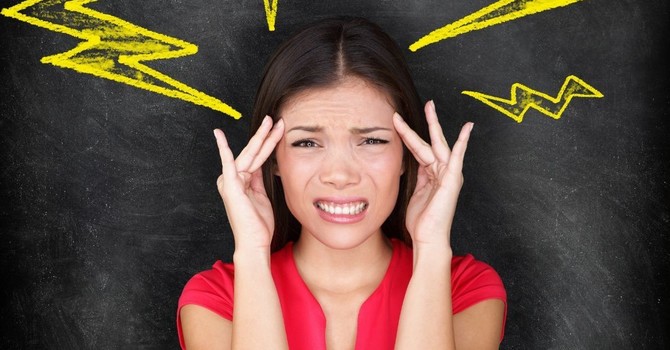
Class IV laser therapy has been steadily gaining recognition for its ability to accelerate tissue healing and repair. What makes these devices special is their deeper tissue penetration—they simply reach places that other devices like LEDs, or red-light therapy, and Class III lasers, also called low level lasers (LLL) or cold lasers, simply can't. I know that might sound like marketing jargon, but the science behind the primary mechanisms is sound at this point.
Here's what's happening when that laser hits your tissues: specific wavelengths of light penetrate deep into the injured area and get absorbed by mitochondria (the powerhouses of your cells, as you may remember from a high school biology class). This kicks your cellular activity into high gear by increasing ATP production—essentially providing more fuel for healing. It's like giving the cells that need it a much-needed energy boost. At the same time, the therapy stimulates nitric oxide production, causing blood vessels to dilate and improving circulation to the injured area. More blood flow means more nutrients and oxygen delivery exactly where they're needed.
I've seen firsthand how this can make a difference for patients with everything from tendon injuries and ligament sprains to arthritis. The research is backing this up too—studies have consistently shown that it reduces inflammation, accelerates healing, and improves function in both acute and chronic injuries. For anyone who's dealt with a stubborn injury that just won't heal, this can be game-changing.
Chiropractors and physical therapists are always looking for effective treatment options that don't require lengthy recovery times, and this fits the bill perfectly. The higher output of these lasers enables deeper tissue penetration, making them particularly effective for those frustrating deep-seated musculoskeletal issues. This often translates to shorter treatment durations and potentially faster recovery times.
Multiple studies looking at laser therapy and tissue repair suggest it significantly speeds up the healing process. It seems to promote faster tissue regeneration, though we're still learning exactly how to optimize treatment parameters/dosage. Like most therapies, effectiveness varies based on the severity of the injury, the specific condition being treated, and individual differences between patients. What we do know is that enhanced cellular activity and improved circulation contribute to more rapid healing compared to traditional methods alone.
For those hoping to get back to their lives, their sports, or just daily activities without pain, Class IV laser therapy is proving to be a valuable tool, and the primary reason why I brought this technology into Feel Good Chiropractic & Wellness. By stimulating cellular activity, improving circulation, and reducing inflammation, it offers an effective, non-invasive approach to recovery. As research continues to advance, I'm becoming increasingly convinced that this therapy will play a significant role in evidence-based rehabilitation practices.
I'm not suggesting that it's a miracle cure—no reputable treatment ever is—but when integrated into a comprehensive treatment approach, it's showing remarkable potential to help people heal faster and more completely. And at the end of the day, that’s what I want for my patients.

Feel Good Chiropractic & Wellness
Contact Me



